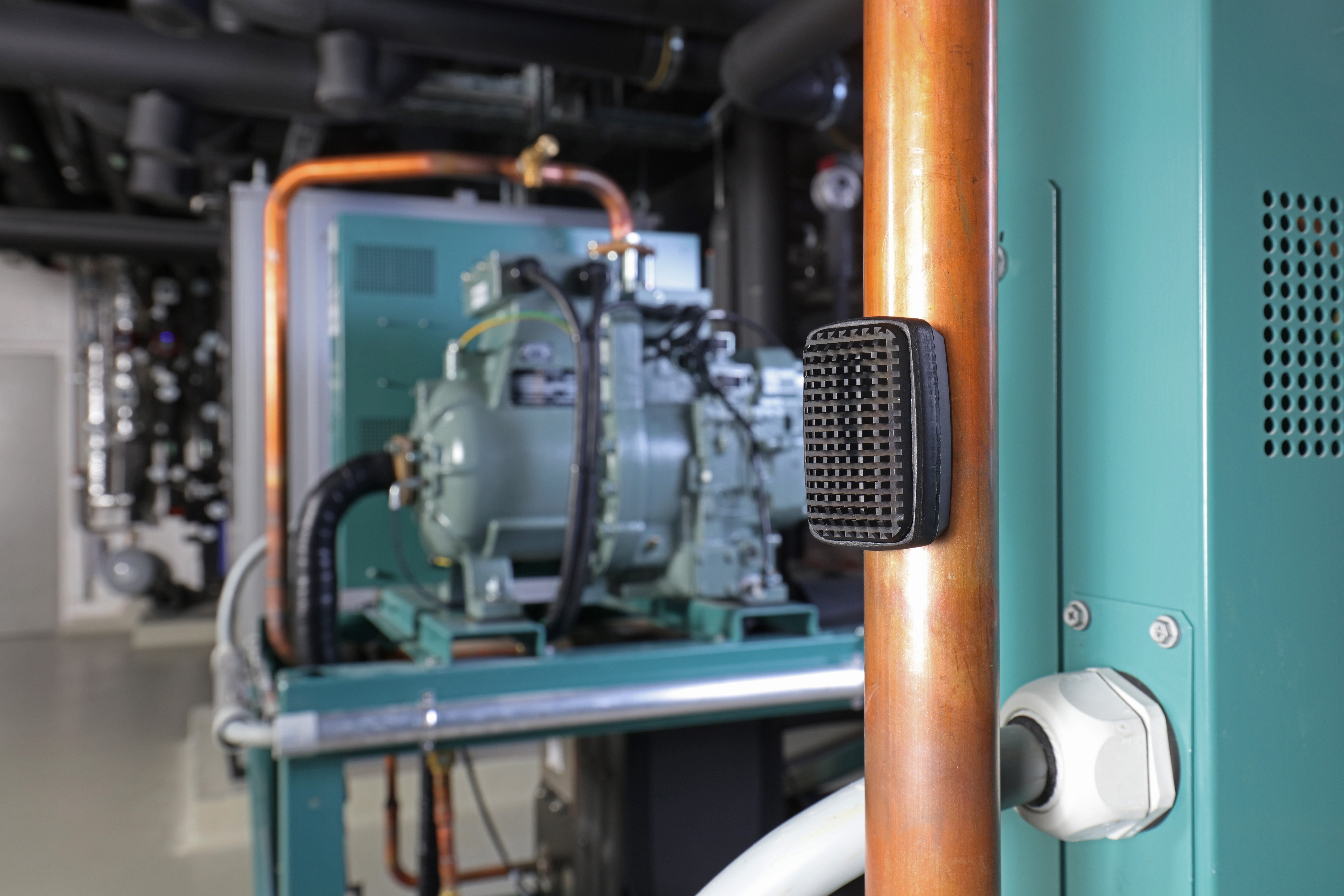Fraunhofer IIS presents technologies for cognitive IoT sensor technology at the electronica 2018 in Munich
Nürnberg/München, Germany: The Fraunhofer Institute for Integrated Circuits IIS will present technologies for cognitive sensors and electronic components in the Internet of Things (IoT) at the electronica from 13th to 16th November 2018. With live demonstrations, visitors can learn how processes and applications with localization, communication and power supply technologies can be made more effective in order to maintain competitive advantages.

Digitalization has entered in many large production companies and clearly shows their advantages in terms of monitoring equipment and working processes for the benefit of users. When operating machines, plants and entire production lines, cognitive sensors are connected and optimized communication systems are required. The requirements include real-time capability, reliability, long operating periods, robustness, range and flexibility. These improvements will also be introduced to the production halls of mid-sized companies. Fraunhofer IIS will be displaying technologies for cognitive IoT sensors at electronica 2018 from November 13 to 16 in Hall C5 / 426 to assist users in their digital transformation.
Robust, long-range LPWAN communication
The MIOTY® technology can handle the communication of the sensor data robustly and over long distances in the digitization of industrial enterprises. In this way, e.g. impending malfunctions or machine failures can be detected early, the corrosion and leakage of pipelines can be monitored, or air-conditioning systems can be controlled more energy-efficiently. The standardized technology for Low Power Wide Area Network (LPWAN) technology developed by Fraunhofer IIS sets new standards in the field of wireless data transmission, thanks to its low cost for the user, the range of several kilometers, its transmission reliability and the long battery life of up to 20 years. The solution to this is the asymmetric transmission method with a large number of sensor nodes and only one receiver.
Unlimited uptime of cognitive sensors with Energy Harvesting
With the Energy Harvesting technologies, sensors for the detection of wear or damage to machines can be supplied with energy self-sufficiently. Especially in hard-to-reach places or with frequent acquisition of data, the BlueTEG from Fraunhofer IIS offers enormous advantages over conventional energy supplies with batteries. It uses smallest temperature differences or vibrations to generate electrical energy. With permanent condition monitoring, users can extend the life and operating life of their equipment and avoid costly production downtime. By using a self-sufficient energy source, this is achieved without major installation and maintenance efforts.
Fast responsiveness of cognitive ultra-low power radio nodes
Many IoT applications, such as remote maintenance and remote control, electronic labels and intelligent lighting require rapid response capability with low energy consumption at minimum cost. RFicient® technology is the integrated solution for continuous radio reception with minimal maintenance. The receiver RFicient®Basic represents the standard configuration, which operates with only 2.5 μA and for the first time allows simultaneous reception on the three frequency bands 433 MHz, 868/915 MHz, 2.4 GHz. The RFicient®Scan, developed for specific industrial application areas, is a novel wireless sensor solution for continuous monitoring in the radio frequency spectra mentioned above.
Real-time data transmission: fast and reliable
When it comes to the environmental detection and material testing of production machines, large amounts of video data are required that must be quickly transferred to the processing systems, so that errors can be responded to immediately. Fraunhofer IIS has developed high-speed ICs for the fast wireline transmission of high data rates. With the new high speed link, data rates of 13 Gbit/s can be transmitted in real-time over a simple 15 meter twisted-pair copper cable. The electronic module is particularly suitable for high-bit-rate data streams with real-time requirements in IoT systems.
Reliability assessment of electronics and condition monitoring
In many IoT applications, electronic systems are exposed to a wide variety of loads. In the industrial environment, for example, extreme temperature differences, pressure and contamination influence their reliability and service life. For safety-critical applications in particular, self-monitoring of electronics and mechanisms for failure prevention are becoming increasingly important. The monitoring and forecasting methods of Fraunhofer IIS/EAS make it possible to reliably predict the remaining service life of electronic systems and to intervene by means of detection methods before a failure.
Faultless data transfer despite interference
Wireless communication systems must increasingly be able to cope with emerging coexistence and interference problems caused by the ever-increasing use of the available frequency spectrum. The digitally tunable high-frequency filters developed at Fraunhofer IIS reliably select the required frequency spectrum while simultaneously rejecting out-of-band signals. In addition, the filter modules can be reconfigured during operation, which enables a delay-free frequency change. The resulting flexibility of transceivers optimizes data communication in industrial environments.